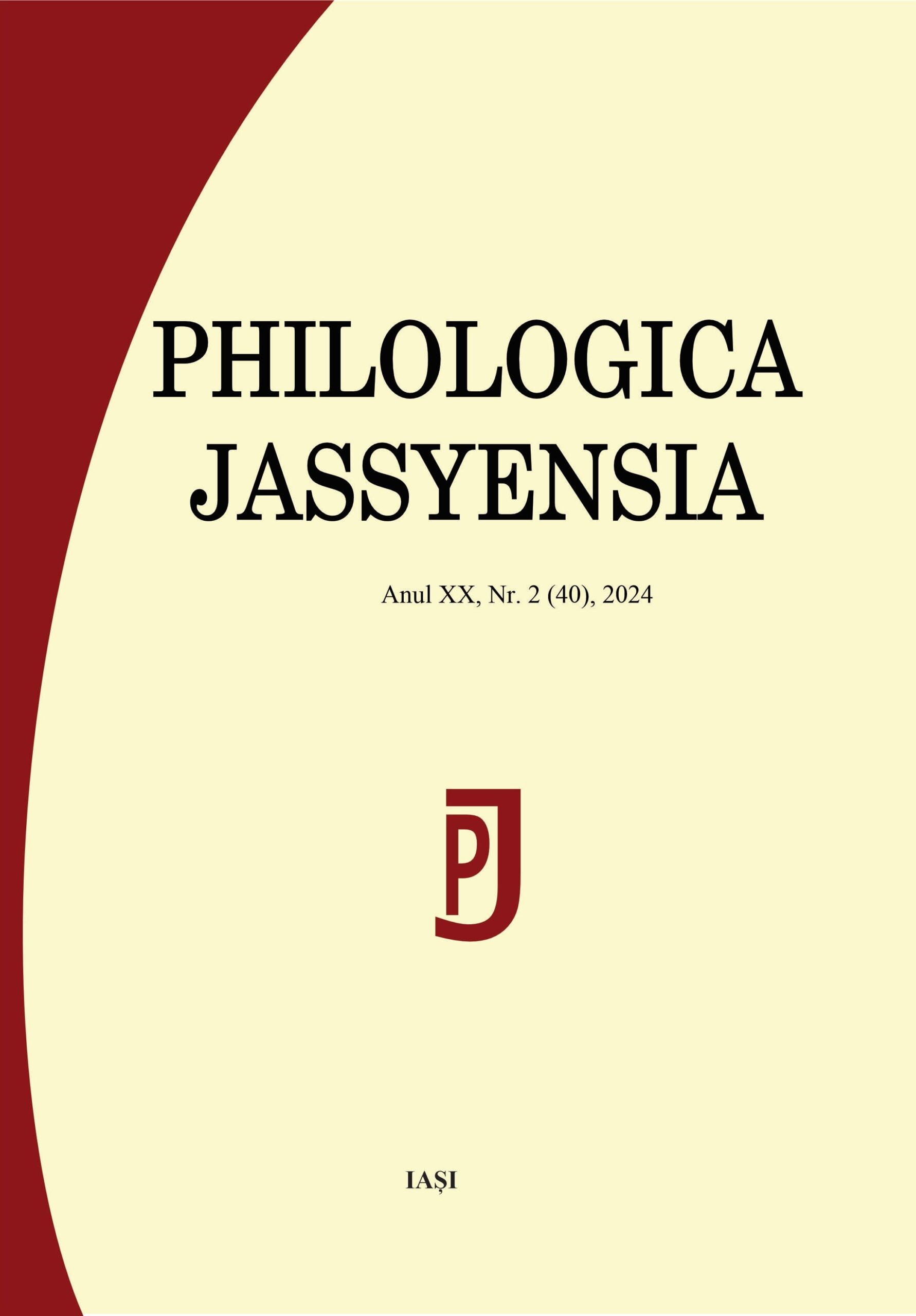Hristos, palmierul ceresc. Omilia a XX-a a lui Sever al Antiohiei, sursă indirectă a Omiliei de Florii din Cazania II coresiană
Christ, the Heavenly Palm Tree. The 20th Homily of Severus of Antioch, an Indirect Source for the Palm Sunday Homily in the Coresian Homiliary II
Author(s): Emanuel CONŢAC, Ion-Mihai Felea, Ovidiu PietrăreanuSubject(s): Biblical studies, Eastern Orthodoxy, Philology
Published by: Editura Tracus Arte
Keywords: Coresi’s Second Postil; homiletic literature; Early Romanian books; Severus of Antioch; Zabludov Postil;
Summary/Abstract: Scholarly consensus holds that Coresi’s second Postil, Carte cu învățătură (1581), is largely based on Ivan Fedorov’s Zabludov Postil (1569). Pandele Olteanu’s research, however, reveals that Coresi’s Postil also incorporates other homilies, such as the Ascension Sermon by the Russian monk Cyril of Turov. This paper adds further depth to the perspective by focusing on the Palm Sunday sermon and demonstrating that it contains a fragment originally composed by Severus of Antioch, a Miaphysite archbishop whose writings were condemned in 536. Despite the severe condemnation of Severus and his works, his entire corpus was preserved in Syriac, with fragments of his Greek homilies surviving in Catenae. The 20thhomily of Severus presents an allegorical interpretation of Christ as the heavenly palm, whose topmost branches can only be reached through strenuous spiritual effort. This theological motif, preserved in Greek and later borrowed by Theophylact of Ohrid in his Commentary on the Gospel of John, was transmitted through the Slavonic Postils and gained renewed significance with the printing of the Zabludov Postil in 1569. Thanks to the editorial efforts of Lukas Hirscher – who commissioned the translation of the Zabludov Postil into Romanian and tasked Coresi with printing Carte cu învățătură – the motif of Christ as the Heavenly Palm entered the Romanian cultural context. This paper closely examines the transformations and adaptations of this motif over its thousand-year journey from its original Greek form to its Romanian version.
Journal: Philologica Jassyensia
- Issue Year: XX/2024
- Issue No: 2 (40)
- Page Range: 41-57
- Page Count: 17
- Language: Romanian

